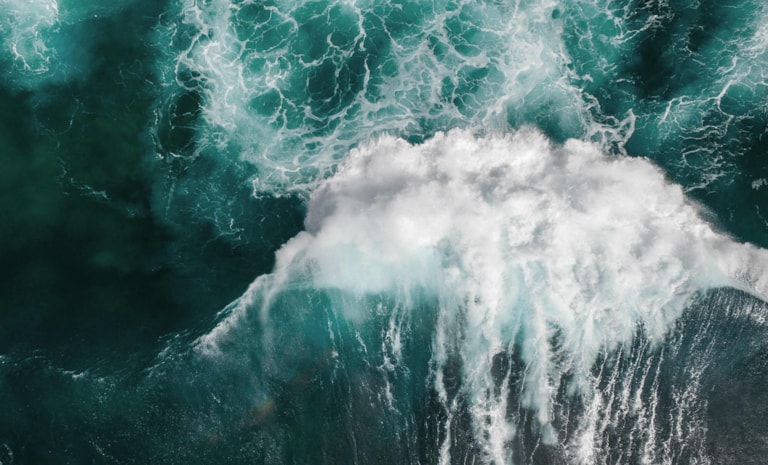Procurement and investment
All of our suppliers are ranked according to how well they perform in terms of sustainability. As part of the procurement process, we take into account both the environmental performance of the product and the effort made by the supplier in providing the most sustainable alternative. Purchases in excess of 50,000 Swedish kronor need to be approved by the head of sustainability here at ForSea who will carry out an analysis from a life-cycle perspective.
